Exploring Northeastern Brazil – Alcântara/MA [ENG/ESP]

Hey y'all! How are you doing? I hope everyone is doing great.
It's been a while since my last post here in this community. Over the past few years, I've done a few trips, so now I've got a good amount of content piled up and ready to be shared. So, yeah, I should be posting more often – or at least that's what I keep telling myself (so many times that even I'm starting to doubt my own words).
So, in my previous post I talked a litle about my first day roaming around the captivating city of Alcântara, in Maranhão state. Well, actually, I spent 2 whole days there – and I didn't really tell the story in a perfect timeline, to be honest – and I kinda mixed up things from my first and last day. But yeah, life's messy anyway so I guess it's okay if my travel stories are a little mixed up too, heh.
Versión en español¡Hola a todos! ¿Cómo están? Espero que todos estén muy bien.
Ha pasado un buen tiempo desde mi última publicación en esta comunidad. En los últimos años hice algunos viajes, así que ahora tengo bastante contenido acumulado listo para compartir. Así que, sí, en teoría debería empezar a publicar con más frecuencia – o al menos eso es lo que me vengo diciendo (tantas veces que ya ni yo me creo).
En mi publicación anterior hablé un poco sobre mi primer día explorando la encantadora ciudad de Alcântara, en el estado de Maranhão. Bueno, en realidad pasé dos días enteros allí – y para ser sincera, no conté la historia en un orden muy cronológico – como que mezclé cosas del primer y del último día. Pero bueno, la vida ya es un lío de todos modos, así que supongo que no pasa nada si mis relatos de viaje también lo son, jeje.
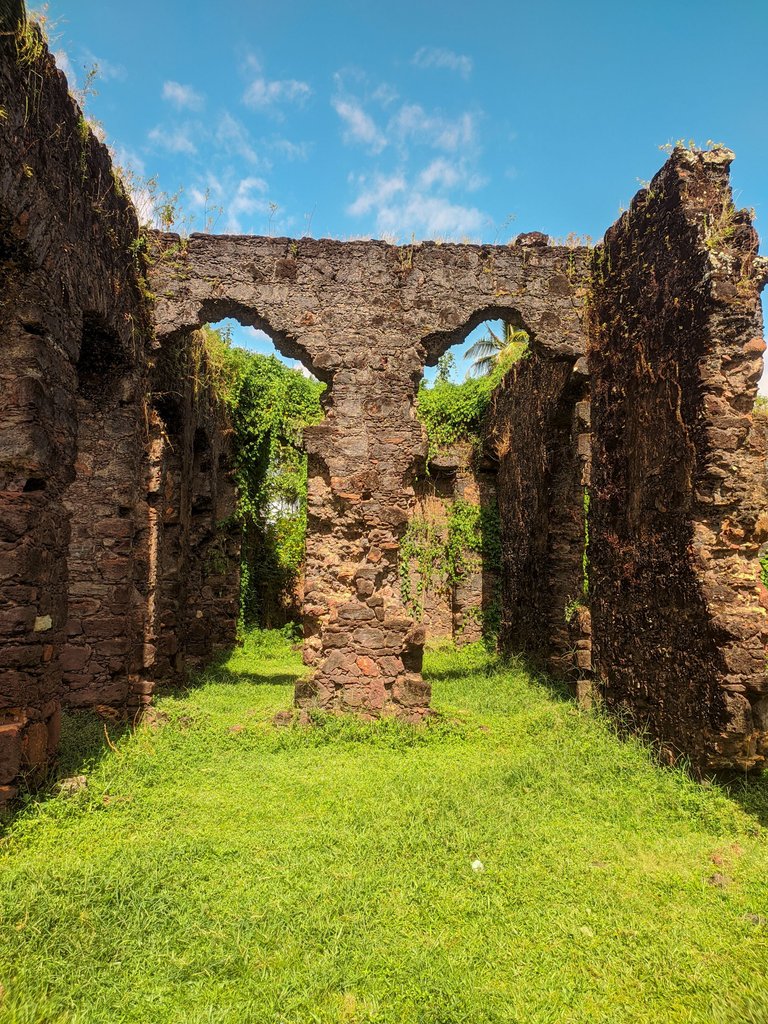

Ruins of Rua da Amargura
Well, during one of my walks around the city, I found the famous Rua da Amargura – "Street of Bitterness", in literal translation. However, this bitterness is more figurative than anything else. There are two main stories about the origin of the name: one says this was the place where noble families would gather to say goodbye to their sons before they sailed off to study abroad – the street ends with a sea view where there used to be a harbor, so it kinda makes sense. But the second version is much heavier: some say the street was where enslaved people were taken to be sold. That last version definitely carries more of the bitterness.
Back in the day, this was the street where the elite lived, and today you can still see the ruins of their old mansions. It used to be called Bela Vista ("Beautiful View") which feels kinda ironic now, considering its current state: unfortunately, the street feels completely abandoned and, honestly, a bit creepy if you're alone. I went during the day and had no issues, but I definitely wouldn't recommend wandering there at night. It isn't paved as well and it's quite narrow so you can only explore it on foot – but it's a big plus, in my opinion.
Versión en españolBueno, durante uno de mis paseos por la ciudad, encontré la famosa Rua da Amargura. Sin embargo, esa amargura es más figurada que otra cosa. Hay dos historias principales sobre el origen del nombre: una dice que este era el lugar donde las familias nobles se reunían para despedirse de sus hijos antes de que zarparan para estudiar en el extranjero – la calle termina con una vista al mar, donde antes había un puerto, así que tiene sentido. Pero la segunda versión es mucho más densa: algunos dicen que era el lugar donde llevaban a las personas esclavizadas para ser vendidas. Esa última versión sí que tiene bastante amargura.
En aquella época, esta era la calle donde vivía la élite, y hoy todavía se pueden ver las ruinas de sus antiguas mansiones. Antes se llamaba Bela Vista, lo cual resulta un poco irónico ahora, considerando su estado actual: lamentablemente, la calle parece completamente abandonada y, sinceramente, da un poco de miedo si estás solo. Yo fui durante el día y no tuve problemas, pero definitivamente no la recomendaría de noche. Tampoco está asfaltada y es bastante estrecha, así que solo se puede recorrer a pie – lo cual, en mi opinión, es un punto a favor.
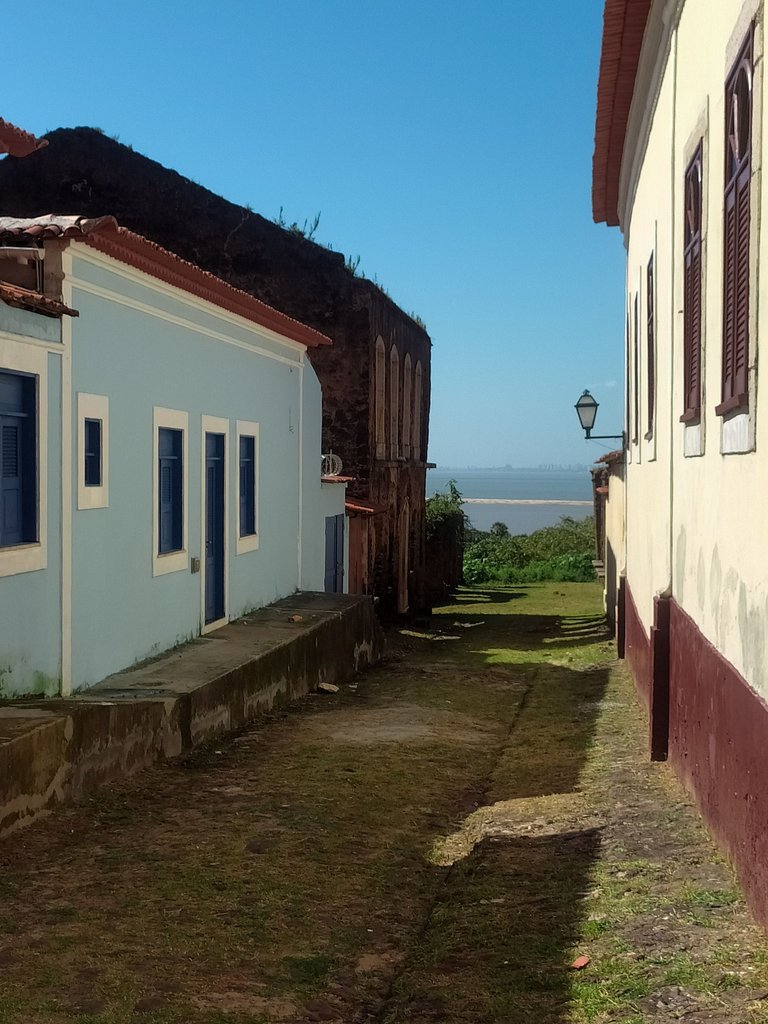
It's possible to see São Luís from there
At the very end, there's an old lighthouse and a heart-shaped structure made for photos – yeah, a big red heart right there, out of blue. Imagine bumping into it after walking through a street with this dense vibe, it was so random that is was funny.
Versión en españolAl final de la calle, hay un faro antiguo y un mirador en forma de corazón hecho para tomarse fotos – sí, un gran corazón rojo justo ahí, de la nada. Imagínate encontrarte con eso después de caminar por una calle con un aire tan denso, fue tan aleatorio que me dio risa.
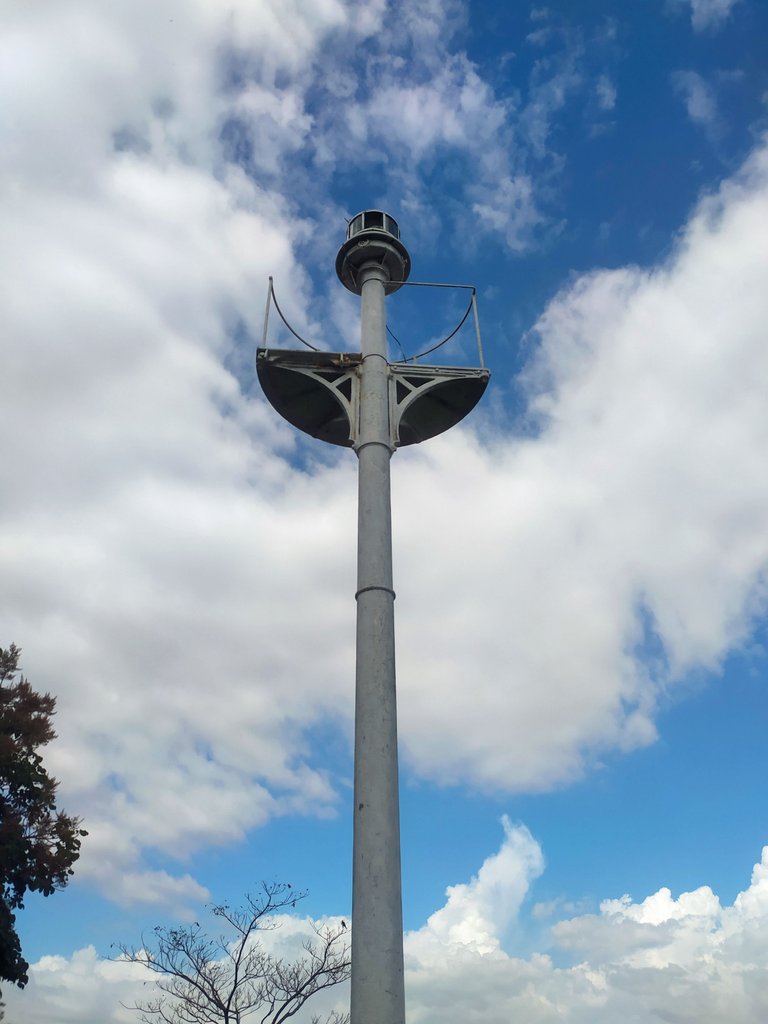
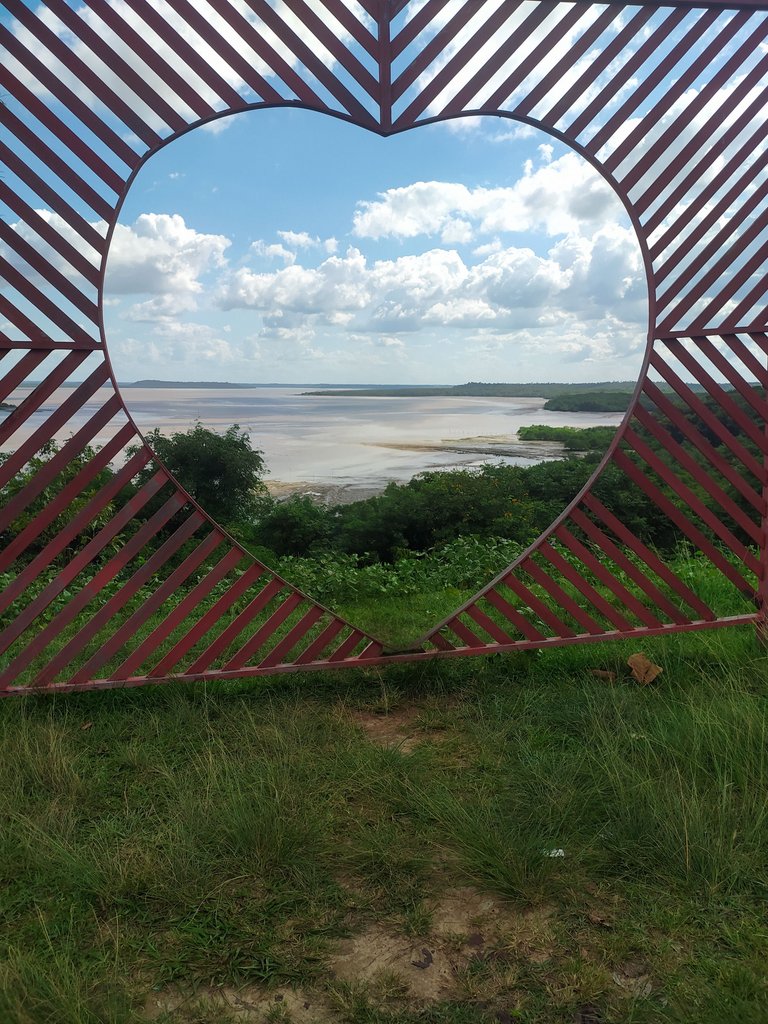
The lighthouse and the weird viewpoint
A few steps away from Rua da Amargura, I stumbled upon the ruins of what was once the palace of the Baron of Pindaré. The story behind this place is quite curious – back in the 19th century, rumors spread that Emperor Dom Pedro II would visit Alcântara. In turn, two rival noble families began constructing palaces to host the emperor, each trying to surpass the other's efforts. Ironically, the emperor never came, and both palaces were left unfinished.
Versión en españolA unos pasos de la Rua da Amargura, me topé con las ruinas de lo que fue el palacio del Barón de Pindaré. La historia detrás de este lugar es bastante curiosa – en el siglo XIX, corrió el rumor de que el emperador Dom Pedro II visitaría Alcântara. Como respuesta, dos familias nobles rivales empezaron a construir palacios para hospedar al emperador, cada una intentando superar a la otra. Ironicamente, el emperador nunca apareció, y ambos palacios quedaron inacabados.
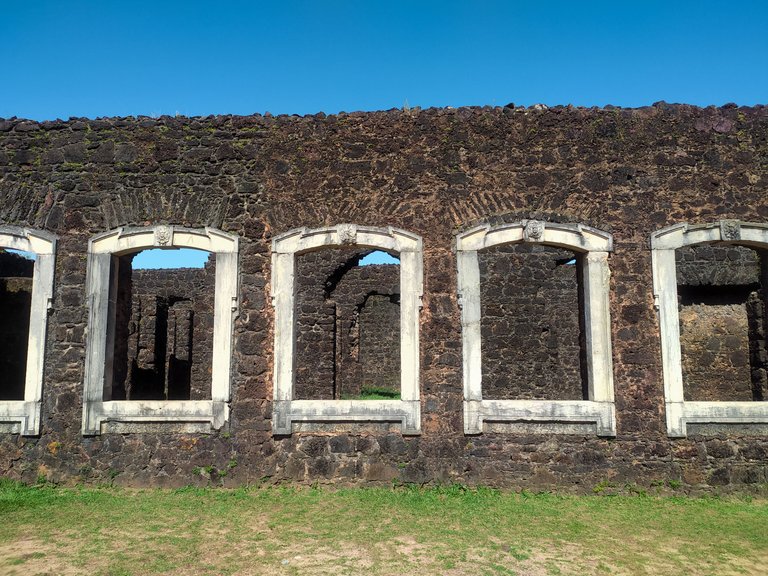

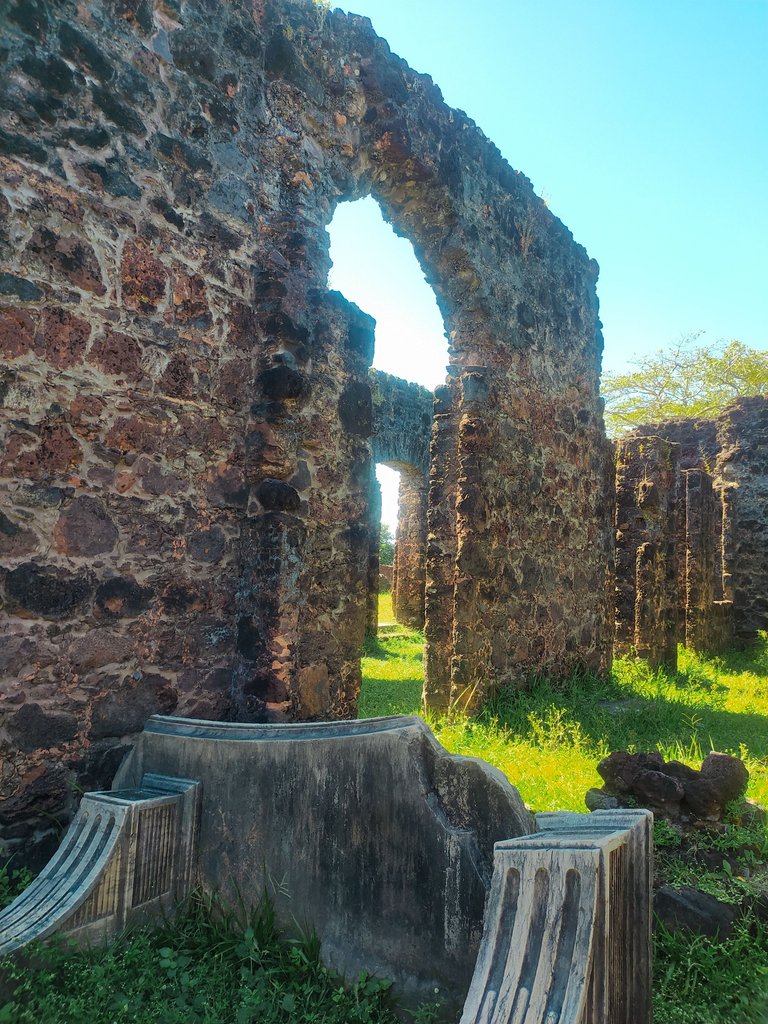
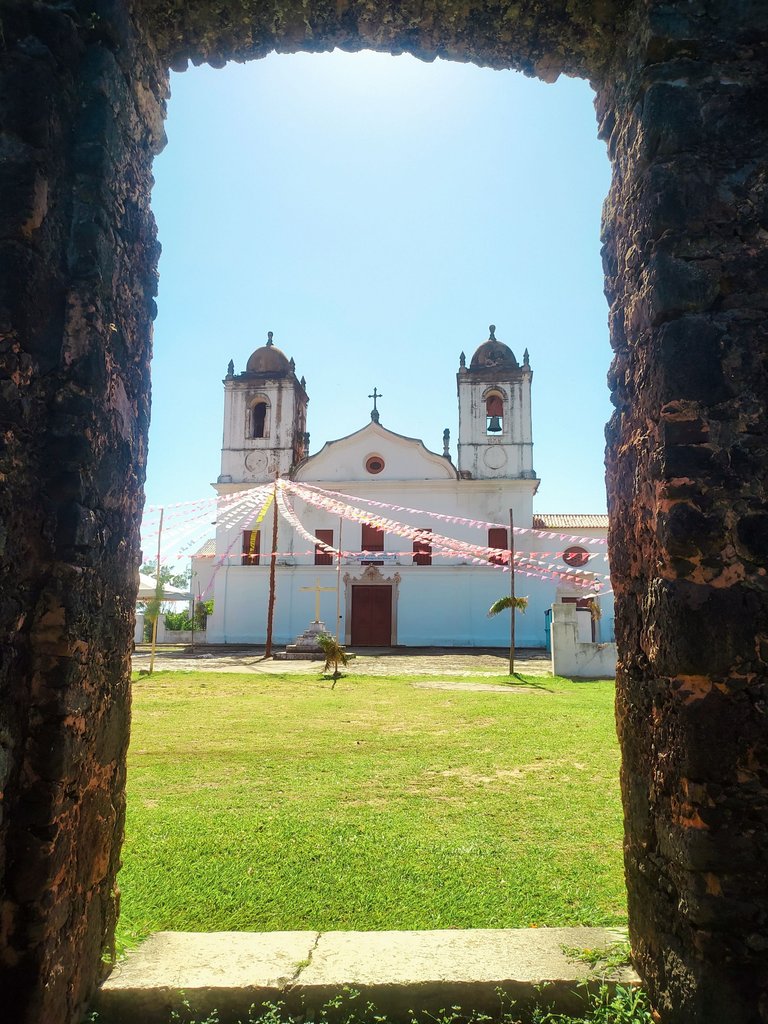
The palace of Baron of Pindaré is bigger and better preserved than the other

Ruins of the palace of the Baron of Mearim, also known as House of Dom Bruno Tadeu II
And then there's the Church of Nossa Senhora do Carmo right in front of the palace – unlike most of the city's ruins, this one stands out with its baroque style and preserved structure. Unfortunately, I couldn't check out the interior because it was closed when I visited – not sure if it was under renovation or just not open that day.
Versión en españolJusto enfrente del palacio está la Iglesia de Nossa Senhora do Carmo – a diferencia de la mayoría de las ruinas de la ciudad, esta se destaca por su estilo barroco y su estructura bien conservada. Lamentablemente, no pude ver el interior porque estaba cerrada el día que fui – no sé si estaba en obras o simplemente no abría ese día.
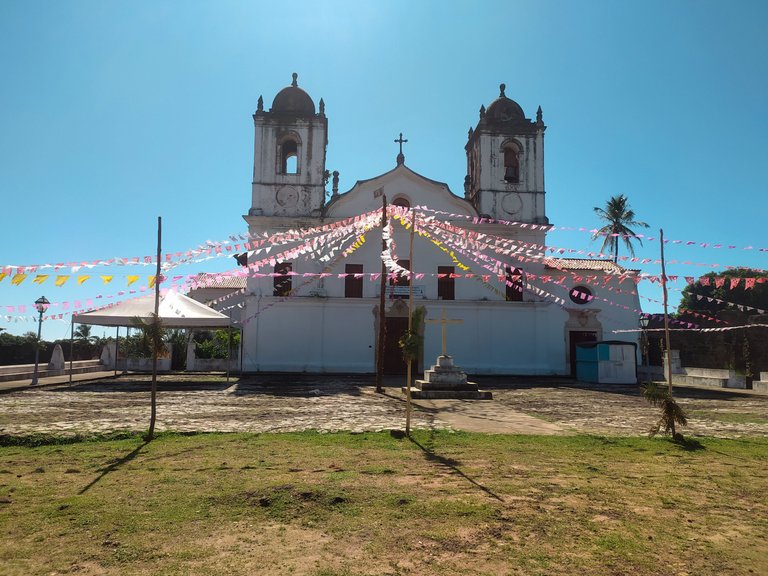
Back to the imperial visit that never happened – this story also led to the creation of the city's signature sweet: the doce de espécie. Some say it was created especially for the occasion, as a way to impress the Emperor, others say it's actually a Portuguese recipe that was adapted by enslaved people using local ingredients. The sweet is made mainly from coconut and sugar, with a touch of spices like cinnamon and cloves – it's similar to another Brazilian treat called bombocado, but it has a flat, disc-like shape. It's crispy on the outside and soft on the inside, sooo delicious. Today, the dessert is a symbol of the city and is usually distributed during the traditional event known as Festa do Divino.
Versión en españolVolviendo al tema de la visita imperial que nunca ocurrió – esa historia también llevó a la creación del dulce más tradicional de la ciudad: el doce de espécie. Algunos dicen que fue creado especialmente para la ocasión, como una forma de impresionar al emperador, otros aseguran que en realidad es una receta portuguesa que fue adaptada por personas esclavizadas, utilizando ingredientes locales. El dulce se hace principalmente con coco y azúcar, y lleva un toque de especias como canela y clavo de olor – se parece al bombocado brasileño, pero tiene una forma plana y redonda. Es crocante por fuera y suave por dentro, muuuy delicioso. Hoy en día, este dulce es un símbolo de la ciudad y suele repartirse durante la tradicional Festa do Divino.
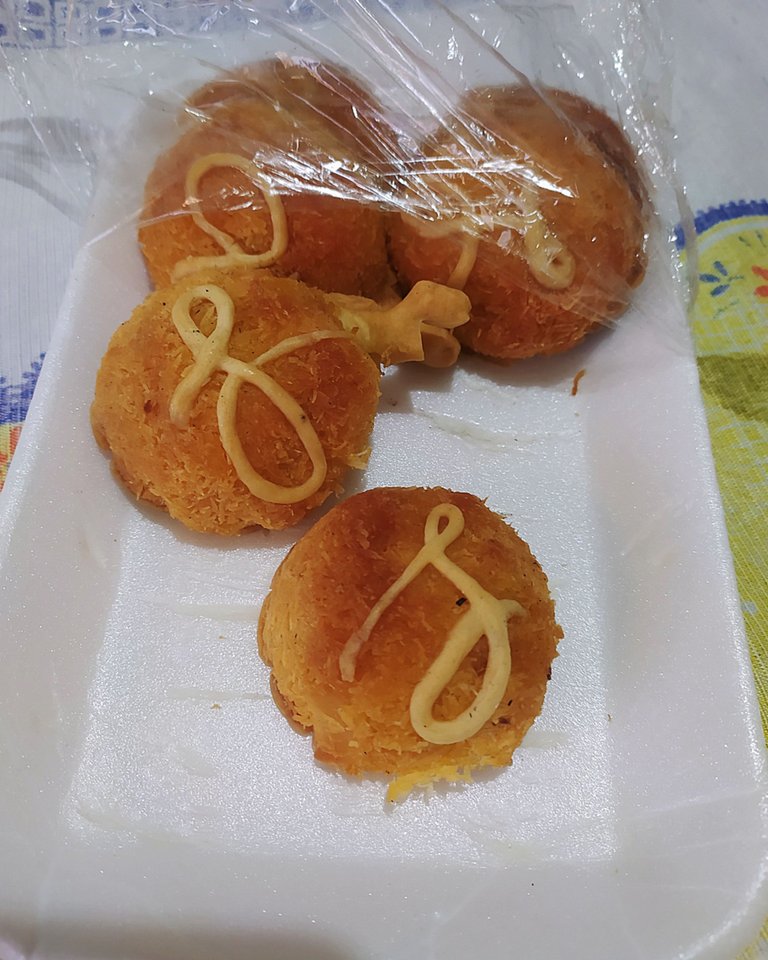
As I said in the previous post, time really seemed to pass diferently there – everything was slower and calmer, but in a good way. In the early afternoon, for example, pretty much all the stores close so people can take a nap – the famous sesta, which isn't exactly common in Brazil – I discover it while roaming around trying to find cold beer in the city, haha. I couldn't visit all the places I wanted so I'll definitely go back someday.
Versión en españolComo ya dije en el post anterior, el tiempo parecía pasar diferente allá – todo era más lento y tranquilo, pero en el buen sentido. Por la tarde, por ejemplo, casi todos los comercios cierran para que la gente pueda echarse una siesta – eso no es algo muy común en Brasil – me enteré de esto mientras andaba buscando una cerveza bien fría por la ciudad, jaja. No llegué a visitar todos los lugares que quería, así que sin duda voy a volver algún día.
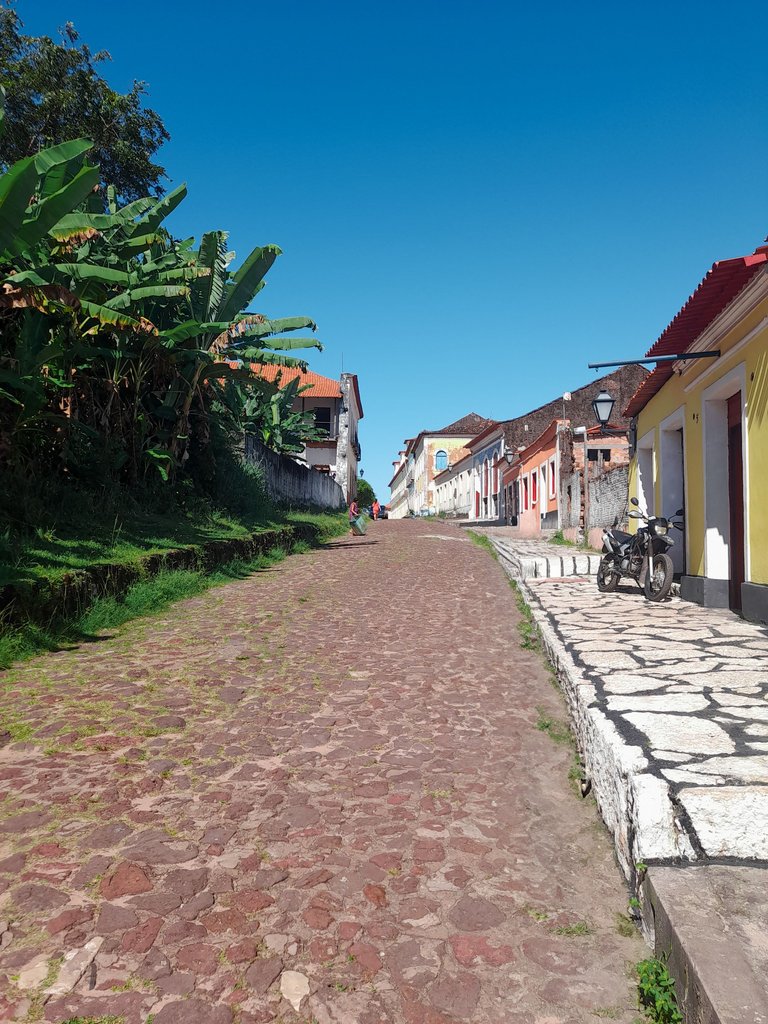
Have you ever been to Alcântara? Share your experience in the comments.
Thanks for reading! 😎
You can check out this post and your own profile on the map. Be part of the Worldmappin Community and join our Discord Channel to get in touch with other travelers, ask questions or just be updated on our latest features.
I think when you go to a place you find these ruins they are always so fascinating
It's like stepping back in time 😝
Hiya, @lauramica here, just swinging by to let you know that this post made it into our Honorable Mentions in Travel Digest #2581.
Your post has been manually curated by the @worldmappin team. If you like what we're doing, please drop by to check out all the rest of today's great posts and consider supporting other authors like yourself and us so we can keep the project going!
Become part of our travel community:
Yay, thank you so much!!
You are very welcome @zombialien! it was well deserved. ☀️
We are already looking forward to reading more about your adventures!
Feel free to vote our upcoming proposal (#348) Peakd.com / Ecency / Hive blog / HiveSigner